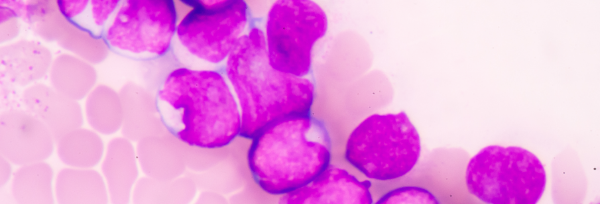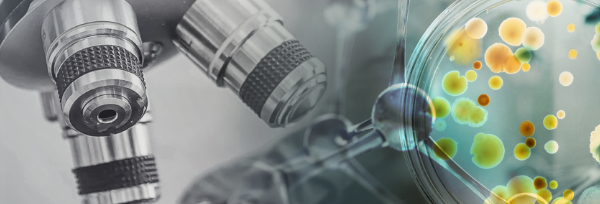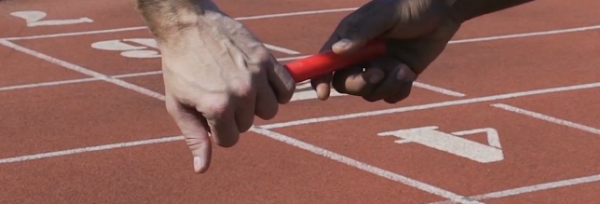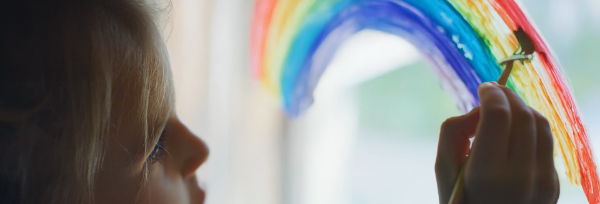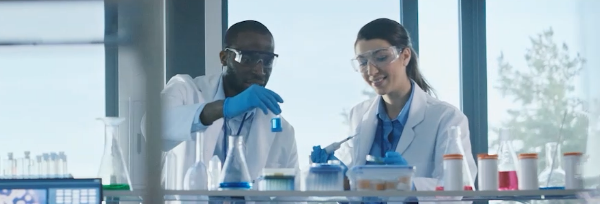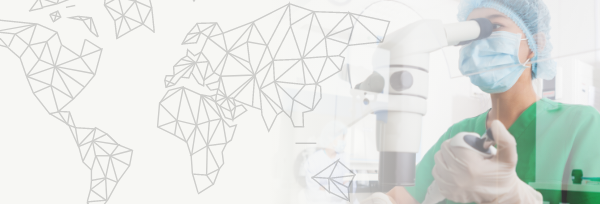Carabinieri’s csi department has new technology for fighting crime
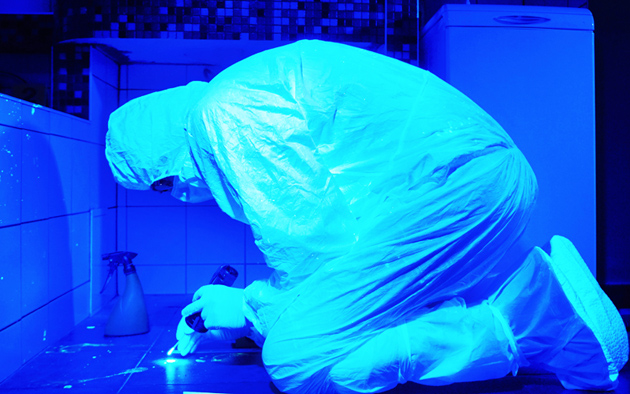

100% Italian technology and fruit of Menarini’s research on tumour diagnosis for the identification of criminal offenders in cases like murder, sexual assault, robbery...
A new application for technology used in medicine has been discovered thanks to the collaboration between RIS (Reparto Investigazioni Scientifiche - Crime Scene Investigation Department) of the Carabinieri (Italian police) of Rome and Menarini. Destined to change the world of forensic science, this new technology application has even been published in the journal “Forensic Science International.”
Biological evidence found at the crime scene is often composed of different types of biological material of two or more people. The analysis of these mixed genetic traces presents a problem in forensics because it does not always produce a unique DNA profile and this makes the identification of the offender more difficult, requiring the use of complex statistical analyses.
Thanks to DEPArray, automated technology for the identification and isolation of pure cells, researchers have for the first time been able to separate cells belonging to different biological fluids (e.g. blood, saliva, semen) before carrying out the standard genetic analysis, and can therefore obtain a pure and corresponding genetic profile.
RIS and Menarini began their long project by analysing biological mixtures created at random: a mixture of liquids reproduced in the laboratory that contained blood, saliva and semen. The results of these analyses were surprising: in 100% of cases, DEPArray managed to identify the fluids and the corresponding genetic profile.
It was then possible to analyse real samples from a case of sexual assault. The analysis of these samples allowed for the identification of the type of cells (sperm cells) and therefore of the offender’s profile, confirming that the developed approach could be used successfully on real biological traces, not just simulated ones.
Obviously, being the first of its kind, further tests are necessary on a large number of real samples. With this in mind, Menarini Silicon Biosystems will continue its collaboration with Rome’s RIS Carabinieri and other forensic laboratories abroad for the experimental corroboration of the protocol.
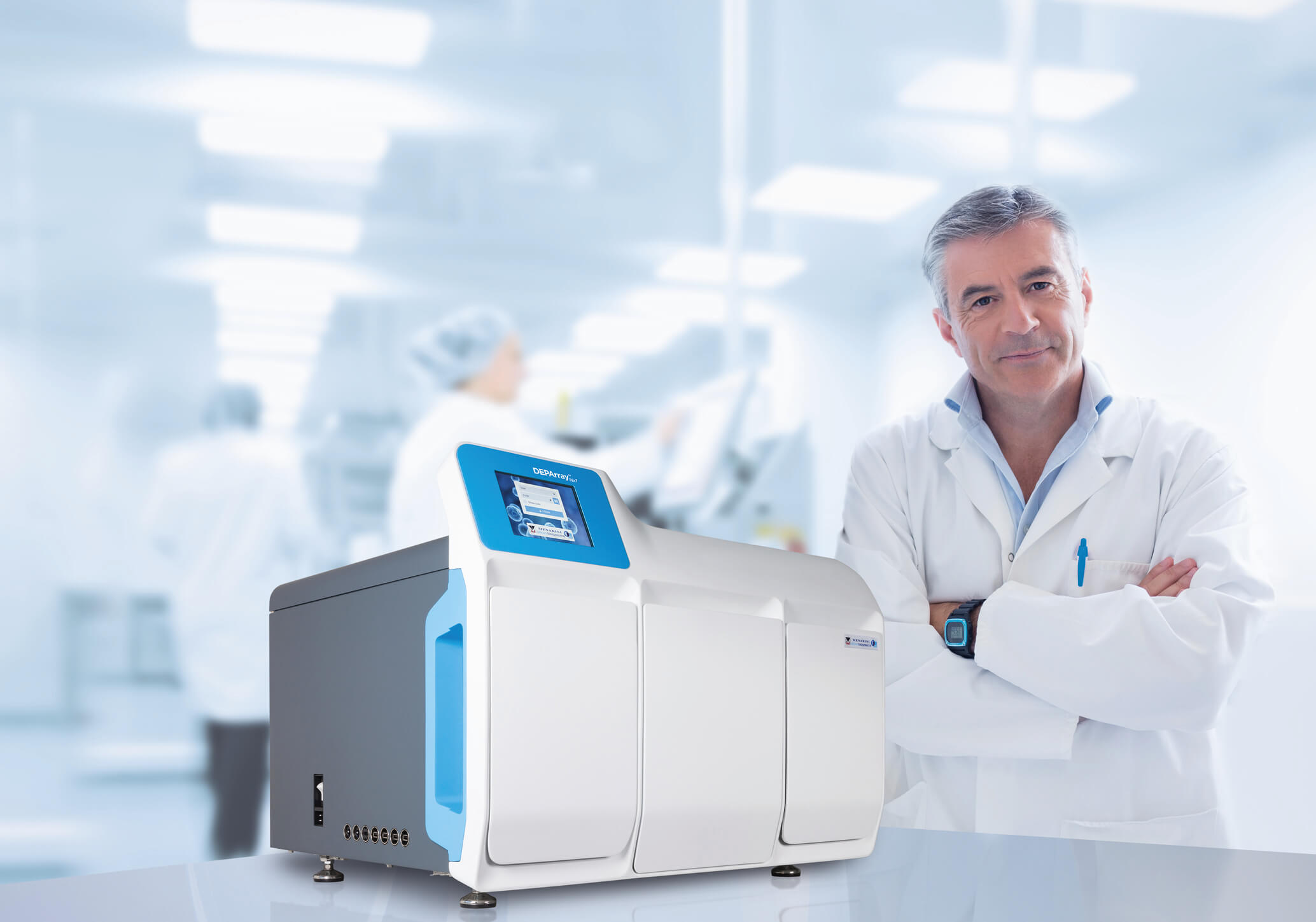
“The DEPArray project, developed by Menarini in collaboration with the RIS in Rome,” explained Lieutenant Colonel Andrea Berti, Commander of the Biological Division of the Department - “is without a doubt the most promising and revolutionary piece of technology that the world of forensics has seen in recent years. For the first time, single cells (from donors) have in fact been physically separated from a biological mixture. This is an extraordinary result if we consider the analysis of biological traces that can be gleaned from evidence gathered during the course of an investigation. We will continue to work intensely on the project in order to fully understand the limits of this technology, then apply it to infinitely smaller traces that are found at the crime scene, and ultimately provide our investigations with another supporting instrument.”
“We are extremely pleased with the results of the collaboration between Menarini and the RIS Carabinieri,” - said Domenico Simone, Member of the Menarini Board of Directors - “DEPArray was studied and created by Italian researchers with the goal of diagnosing tumours from extremely small biopsies by actually using a simple blood sample. Today we are proud to know that we can also effectively contribute to other scientific areas in collaboration with the extraordinary abilities of the RIS Carabinieri.”





